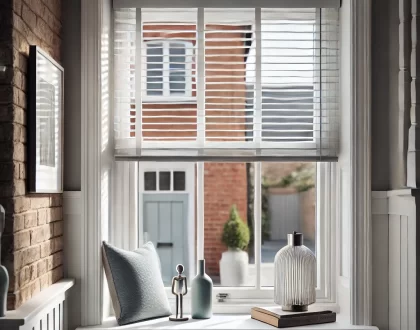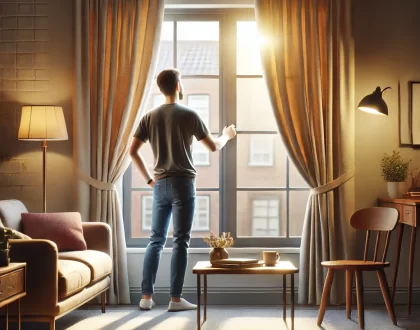Why Do Conservation Officers Prefer Secondary Glazing?

For owners of listed buildings or those in conservation areas, home improvement isn’t so simple. You face restrictions on what changes you can make to your property, requiring permission from conservation officers before going ahead with work.
Renovation is easier, however, when you know what changes are acceptable and preferred. Read on to see why secondary glazing is more likely to be approved by conservation officers.
The benefits of renovation
As a homeowner, it’s always a good idea to renovate your property. It adds value, as well as improving your quality of life and potentially saving you money over time. But with historical buildings, things like windows, doors and walls – the structure of the building – are protected by law.
It’s a tricky dilemma. You own a beautiful building, soaked in heritage, but you need your local authority to give you the go ahead before you can maintain and improve it. It’s not impossible, though. You just need to understand why they’re protecting the building in the first place.
Protecting heritage
English Heritage, the organisation in charge of listing and conservation, aim to protect the historical interests of buildings. This means stopping any changes that would markedly alter the appearance or structure of the building – what makes it significant.
They also recognise, however, that it’s in the interest of the building to make certain changes. Renovating and refurbishing certain features can avoid deterioration and reduce the vulnerability to vandalism, which would cause more damage to the property.
Essentially what they’re looking for are changes that improve security, strength and longevity without damaging the building’s original features and compromising its heritage. With double glazing, this can be problematic. It requires the original frames and glazing bars to be widened, which has the potential to damage the frames and the authenticity of the windows. Sometimes, it’s simply not possible with the original frames – and will be rejected as a result. Fortunately, there is a solution…
What’s different with secondary glazing?
Secondary glazing is a practical alternative to double glazing that’s ideal for historic buildings. The original windows are left fully intact, with a secondary sheet of glass added to the interior side of your window frame. When renovation is required, secondary glazing is often the preferred option, according to English Heritage.
There are two reasons for this:
• Firstly, it doesn’t damage the heritage of the original window frames.
• Secondly, because it’s a reversible adaptation. There’s no interference with the building’s original fixtures, and the secondary glazing can be removed if needed. Some secondary glazing systems can even be installed to allow quick and easy removal by homeowners themselves.
The best of both worlds
With secondary glazing the preferred option for conservation officers, your listed property can benefit from better insulation while maintaining its unique, authentic beauty. You save more on heating, as well as reducing unwanted noise entering your home.
At Clearview, we provide high performance secondary glazing for heritage and listed buildings. With over 20 years’ experience manufacturing top quality systems, we have all the expertise necessary to provide you with exactly what your home needs. Put us to the test – get your free quote today using our Fast Quote system.

Discover How To Stop Draughts for Good And Save On Your Energy Bills
This free eGuide – written by specialists – explains in simple terms how to improve the thermal efficiency of your windows by more than 60% and how you can reduce your yearly heating bill by 15%.
Simply enter your name and email below and we will send a free copy straight to your inbox.
Clearview Secondary Glazing
Clearview secondary glazing - the solution to significantly improved acoustic and heat insulation to your property, making your home or offices more comfortable, secure, greener and cost efficient to run. Achieved without the disruption of replacement windows, and without damaging the character of your building.

 10 Year Guarantee
10 Year Guarantee 5 Star Customer Reviews
5 Star Customer Reviews

